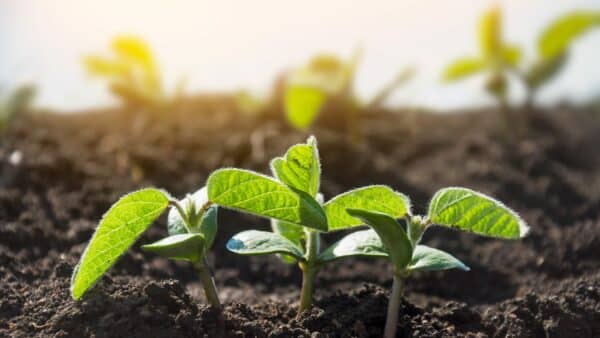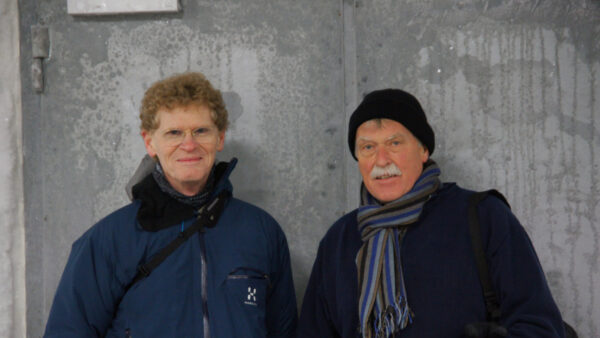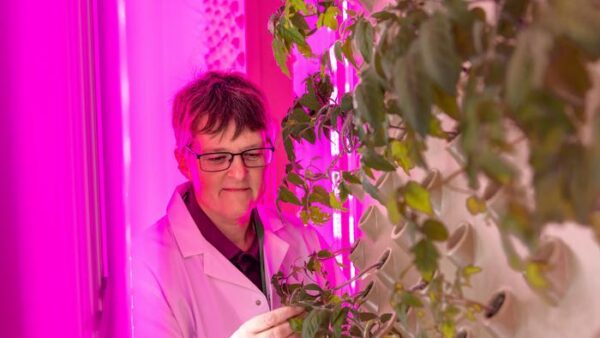The Canadian Food Inspection Agency (CFIA) has been holding consultations to determine possible amendments to the Seed Regulations to improve responsiveness and consistency, reduce complexity, become more adaptable and flexible to address future technological advances and scientific innovations, and to further protect producers and consumers by strengthening existing requirements.

This process, called “Seed Regulatory Modernization” or just “SRM” to those of us who have been intimately involved, was originally announced in 2018 and kicked off in 2020.
The Seed Regulations were first developed in 1905 to protect farmers from purchasing fraudulent, low-quality seed. The last time the Seed Regulations were significantly updated was in 1991. It’s safe to say the seed sector has dramatically evolved since 1905 — even since 1991 — and how seed buyers and sellers interact has progressed alongside.
The most straightforward path to updating 120-year-old regulations may be to make slight adjustments to the status quo, or none, if it is “working good enough” — a “black, white and shades of grey” approach.
However, a recently released benchmarking report commissioned by the CFIA and prepared by JRG Consulting shows that, beyond Canada’s borders, there is a lot of diversity in how seed sectors operate and how they go about amending regulation to keep up with the pace of change; it is a veritable rainbow.
Concepts that have been declared by some in the process as “impractical” and “inefficient” function very well in these modern and high-performing international systems. The report provides some food for thought and hopefully some inspiration to those who are engaged in the SRM process to think outside the box. When the government isn ‘t responsible, the entire value-chain shares governance.
Perhaps the biggest takeaway from the benchmarking report is the industry’s role in the regulatory space, especially in terms of standard setting and certification. In almost all instances, certification is a shared responsibility across the value chain. OECD seed schemes and AOSCA influence seed certification.
In the Netherlands, New Zealand, and Uruguay, three of five countries examined, industry bodies, made up of a cross-section of the seed sector, comprise the governance structure for seed certification and standard setting. In the UK, a group of trustees is appointed by the government to oversee the process, with expertise in various fields; however, their process is still very industry-led, and government enabled.
The United States, the fifth and final country featured, has a bit of a state-by-state patchwork approach which certainly doesn ‘t seem like a model we should aspire to.
The industry-led seed certification bodies are efficient and practical.
In the Netherlands, United Kingdom and Uruguay, the majority of crop inspections for certification are carried out by accredited seed company employees. Although not included as case studies, the report indicates that Denmark, Italy, and Spain also allow accreditation of seed companies to perform their own field inspections, sampling, lab testing and labelling of seed. Audits and established protocols and procedures ensure compliance.
Amendments to regulations also seem to be carried out in a more efficient manner elsewhere in the world. In Canada> amendments to regulations require proposals of change, publishing in the Canada Gazette for public review and comment, and then incorporation into the existing regulations. For SRM, we expect this to take at least five years.
For the most part, in the countries studied, as long as amendments conform to AOSCA or EU minimum standards, they can be made relatively quickly upon industry consensus. Uruguay actually requires the government to respond to proposed amendments in 30 days, or the change is considered approved. Of course, being similar to Canada legislatively, the United Kingdom follows a very similar process to our own.
The components and processes associated with “Variety Registration” are very different in other parts of the world.
“Being tied to the past does not serve us well, especially when our competitors are prepared for the future.”
Many are aware that the US doesn ‘t have a variety registration system. The other countries that were studied do, however, require varieties to be registered. Although Canada functions with only D and S, most countries require DUS for variety registration: Distinguishable, Uniform and Stable.
Our system in Canada is quite varied, from no registration at all (think corn) to registration and merit requirements in multiple categories (think wheat in the West). In many of the countries studied, once DUS is established, variety registration is simply a national variety listing exercise, so there is a record of what is available and approved for sale.
Some countries, like Uruguay, do conduct performance tests. However, this data is provided to farmers for decision-making purposes, and doesn ‘t restrict a variety’s eligibility to be sold. This system seems to offer a good balance of the highly coveted qualities of our own system that allow the market to function freely.
Given that Seeds Canada has been promoting continuous improvement of our seed system and inclusive governance over standard setting and decision-making, the benchmarking report was encouraging to read.
We have an opportunity to reshape our seed system to work for Canada today, and into the future; we should go through the exercise of looking beyond our own fields, seeking inspiration from other countries whose seed systems are more highly regarded than our own, in some cases.
Being tied to the past does not serve us well, especially when our competitors are prepared for the future.












